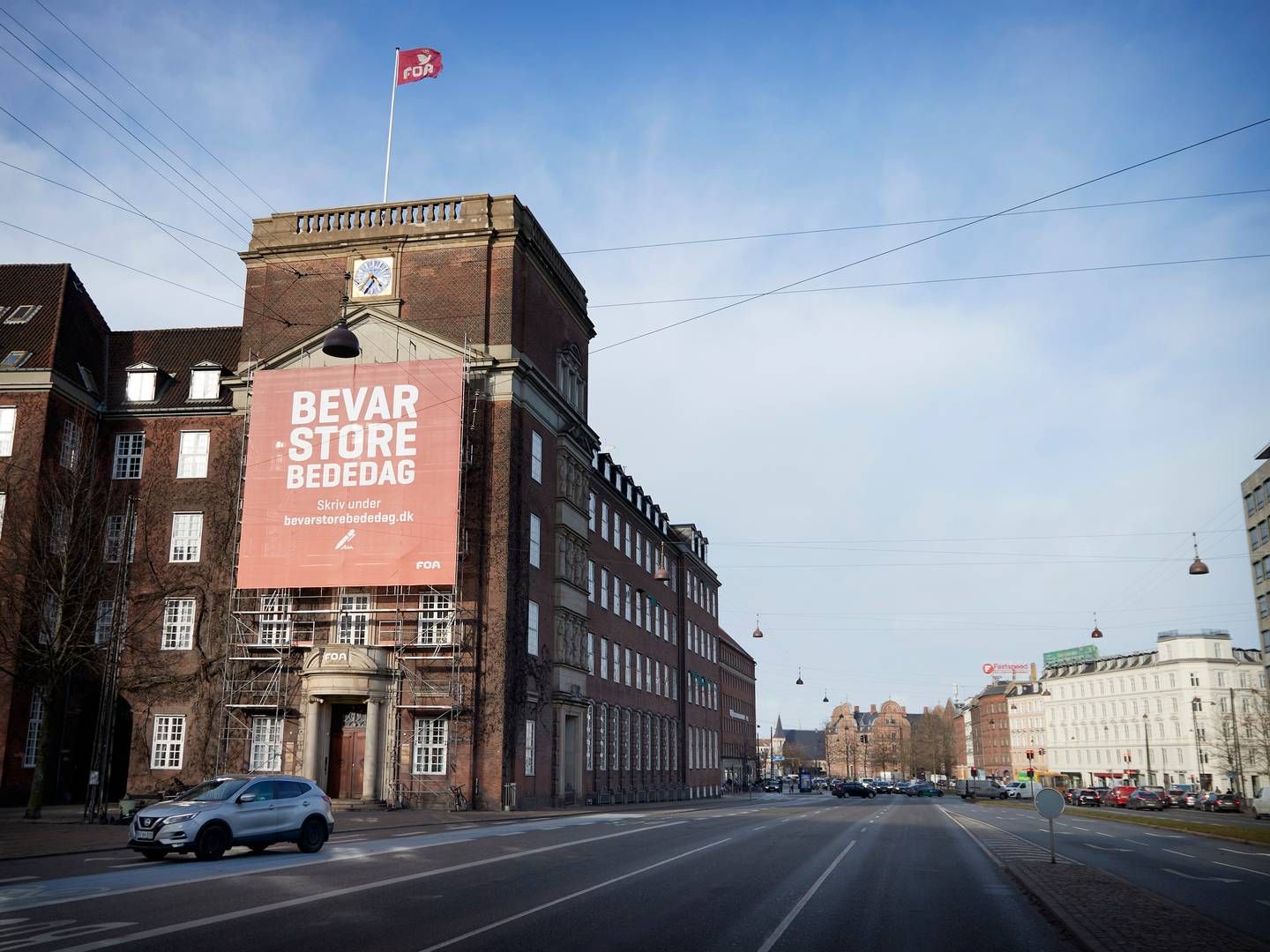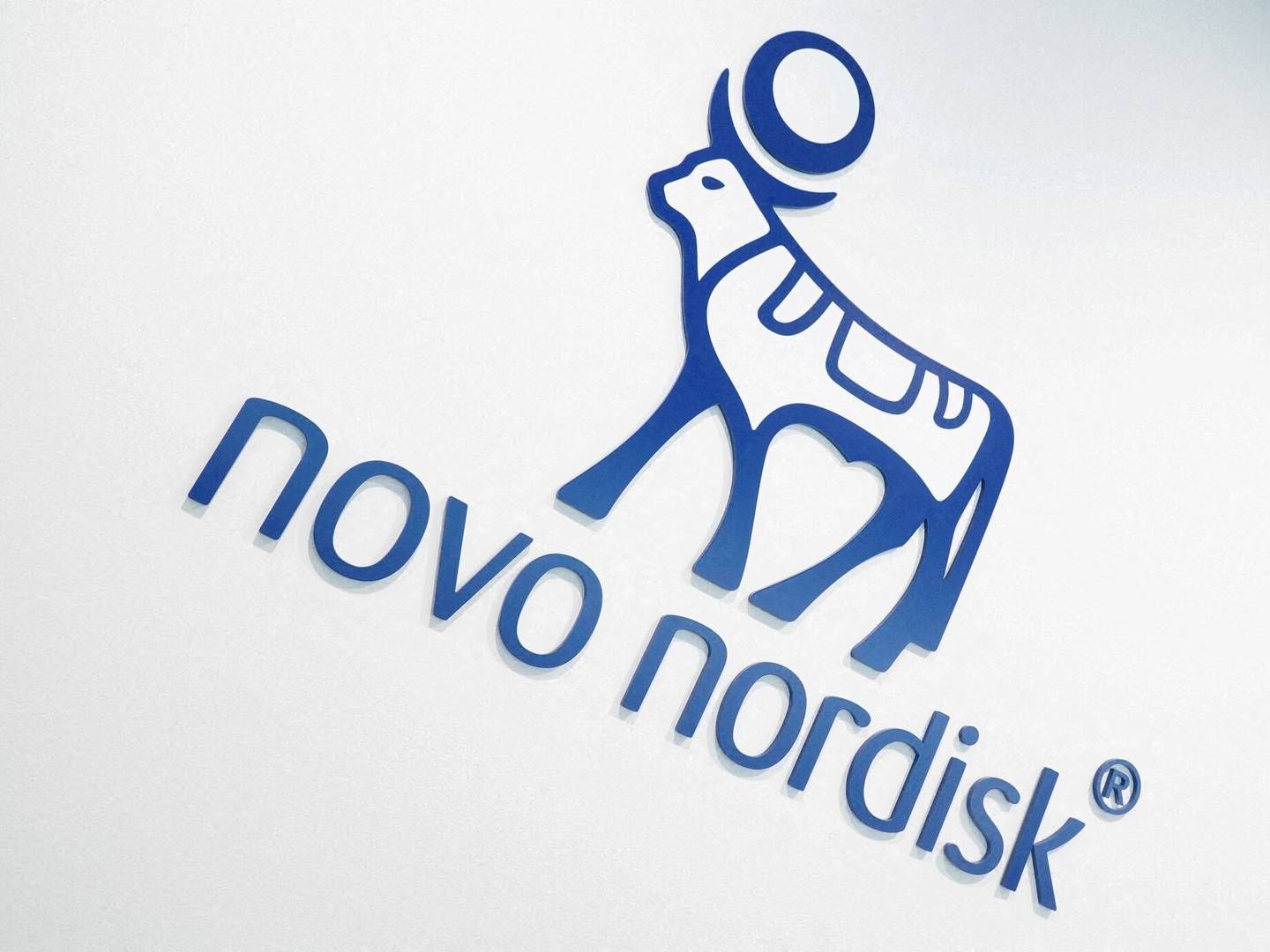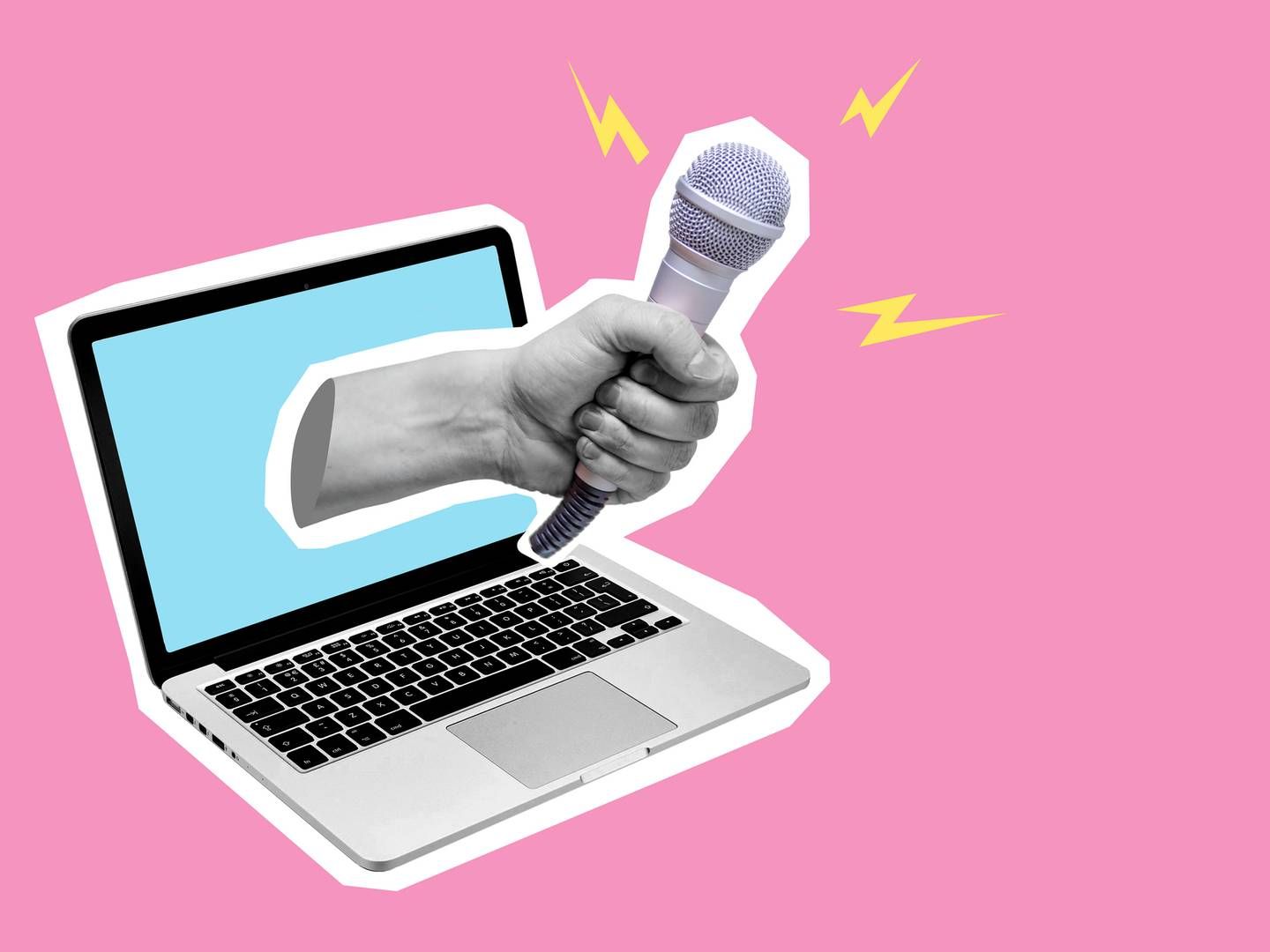Usability is dead
How has this changed?
The human race is very social. We share experiences and our networks provide the arena for conversations of an engaged audience. The explosion of these networks has gone mainstream; it is no longer considered the domain of the nerd. People are using the web beyond initial expectations and in ways that couldn’t have been foreseen.
You may be in a room with someone but also simultaneously be elsewhere, using Twitter, updating your Facebook, looking something up on Wikipedia. The point is we inhabit different spaces simultaneously. The boundaries between what is here or there are diminishing and that changes many things not least our perceptions of what is usable.
Context and relevance
Wherever you may be, there will be a set of circumstances or situation that defines it – uniquely. The context of an experience has always affected physical interactions but now it affects digital ones too. This context can define how usable a product or service needs to be. A generic usability test will not ascertain if this context is even considered, as such the user testing can even become an irrelevance.
Interfaces now degrade or reveal features dependant on the status of the user. This personalisation is becoming a reality for digital interfaces in a way that was promised years ago. Who we are, influences what we see and how we use it.
The mobile phone is a device that feels context - literally knowing where it is in its environment. It is also socially connected because its definition is on a social level – that of communication with people. A device that is grounded in social interaction and is aware of its location gives many possibilities in terms of design which we have only begun to see. Systems are becoming completely adaptable and adaptive interfaces will be an ever present where personalized experiences are important
The appreciation of the context of a situation and the relevance to the user has surpassed usability as the most important factor of web strategy and design. In many ways usability can become too fixated by methods and attaining results that are scientific in execution. There will be results, but not an optimal solution to the problem. In some situations the tests are a prescribed treatment to an issue that could be dealt with by understanding the context of use and the relevance to the user.
Here can be elsewhere
The worlds that people inhabit are being made by the user and not by the design team. This trend will continue and the interfaces people use will become more bespoke.
We are also aware that components on a page can exist elsewhere, in other domains and other interfaces. So just like users, the elements of a page exist elsewhere, simultaneously. This gives rise to the view, that a person, product or object no longer exists in one place, or in one medium, but it exists simultaneously in multiple ways. In other words the context of the experience makes it unique to us and as a result the usability of an interaction becomes redefined. Again, usability itself is becoming less of a focus as the many different ‘worlds’ we inhabit each have a particular look and feel.
We face a challenge- as technology increases the channels of communication on multiple platforms and devices, the ways we interact with them will become ever more varied and the discipline of usability and user centred design will be stretched in different ways
Behaviour also defines the design
We need to be more aware of why we think how we do, what triggers interactions and behaviours in people to make choices. As UX people we need to be aware of why as much as how systems should be designed. Getting the why will allow us to improve the experience beyond the audience’s anticipation.
Touch, the most natural of interactions will redefine usability and has already taken away many of the hindrances of traditional web applications. This adaptation of technology will take us into new unchartered waters as a UX community. The solutions are more diverse, the implications more complex.
It is important to understand that the ’worldwide web’ was a point in time defined by sitting at a desk viewing the internet through a pc. No longer is it purely the presentation of information though a page view or a one way transmission of information. It is a multiple and complex mix of technologies creating a layer on top of our lives. We are moving from GUI based ways of interacting to a more conceptual view where different technologies, not all screen based and certainly not desk based are having an effect on how we are connected
What steps will ensure we actually flourish in these challenging times?
- Design collaboration will become more important between industries and specialisms. We have a responsibility to give advice, and criticism should be followed by constructive suggestions. The most important thing is to create teams that acknowledge other’s skills and to be multi-disciplinary within teams.
- Use a toolbox that can be applied to design problems and realize that not all tools fit all problems and are likely to need multiple areas of expertise
- Context and relevance should help define the idea. Build a relevant experience and not a prescriptive one - don’t let design patterns stifle creativity, use as a base and a starting point - not as a standard, or ‘default thinking’.
- In Usabilty vs Experience – Experience wins. The iPhone is a wonderful device for so many things, but as a phone its quite bad. However, there may be better phones, but few better experiences on a mobile. In social situations typical guidelines go out the window, the experience changes the interaction.
- Knowledge of human behavior will give a greater influence on design and help define a user experience and its success
- Cultural differences will always have impact on how a system is used and its adoption. Too often methodology gets in the way of tackling design problems with innovative thinking because we are bound by history or politics and fear of making mistakes.
- Make sure the design process is flexible – not only for you and your team but also for your customers.
- Ensure the experience lasts beyond the interface - solutions should make life easier, that enriches and give positive experiences. We need to extend the circle of those in UX to work with those disciplines such as ethnographers, anthropologists and psychologists.
Summary
UX is a solution and a process to the challenges we face. But we must be better at collaborating and sharing our skills across disciplines. User experience should not be considered an optional activity but one that is a necessity to any business.
Of course usability will always be a huge factor to what we do, but now there are many more considerations to ensure successful designs and experiences. But a part of Usability (the profession) should die – that of unimaginative testing processes and formulaic thinking. The design challenges we face now are too complex for such dogmatic approaches to user centred design.





























